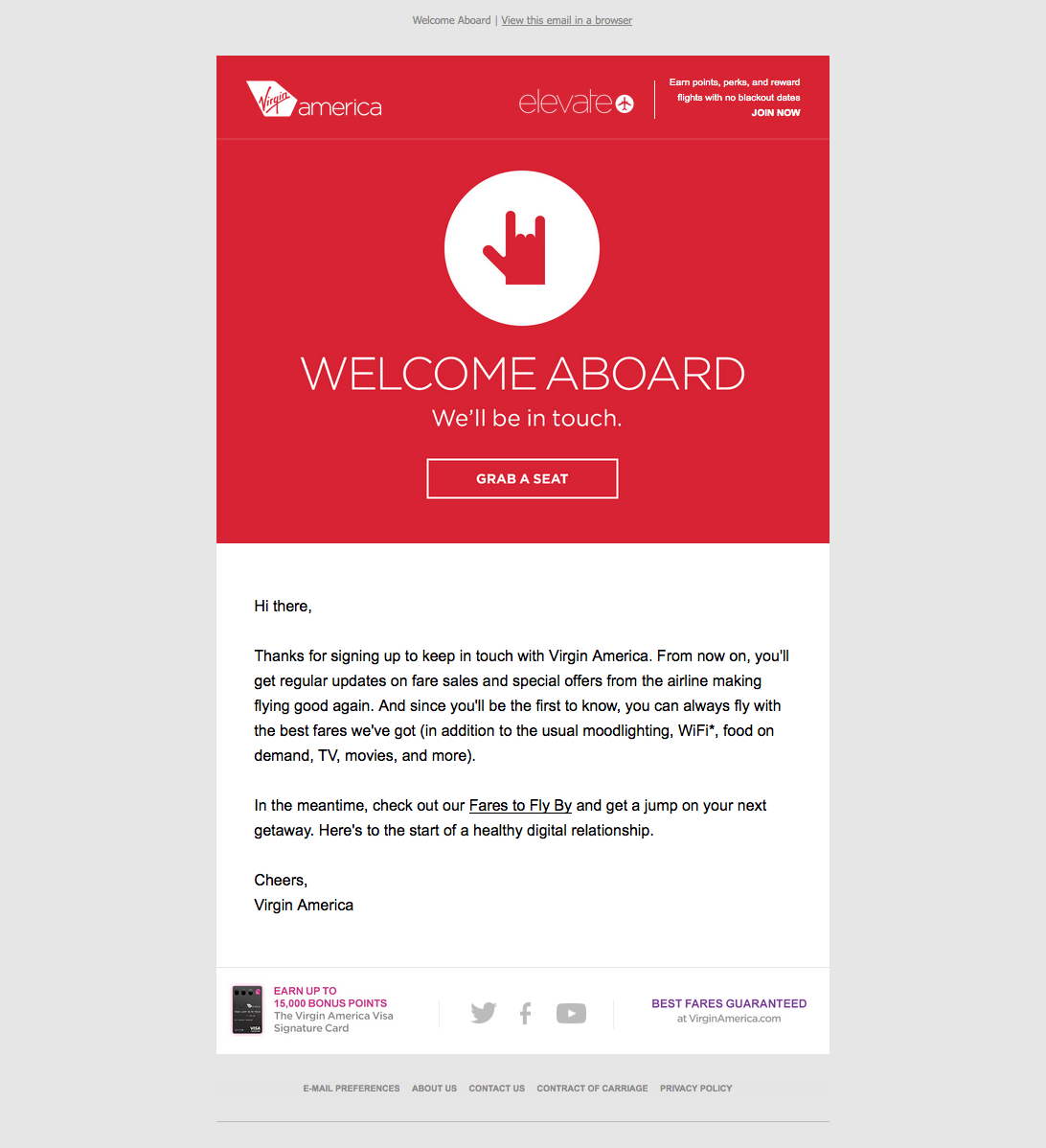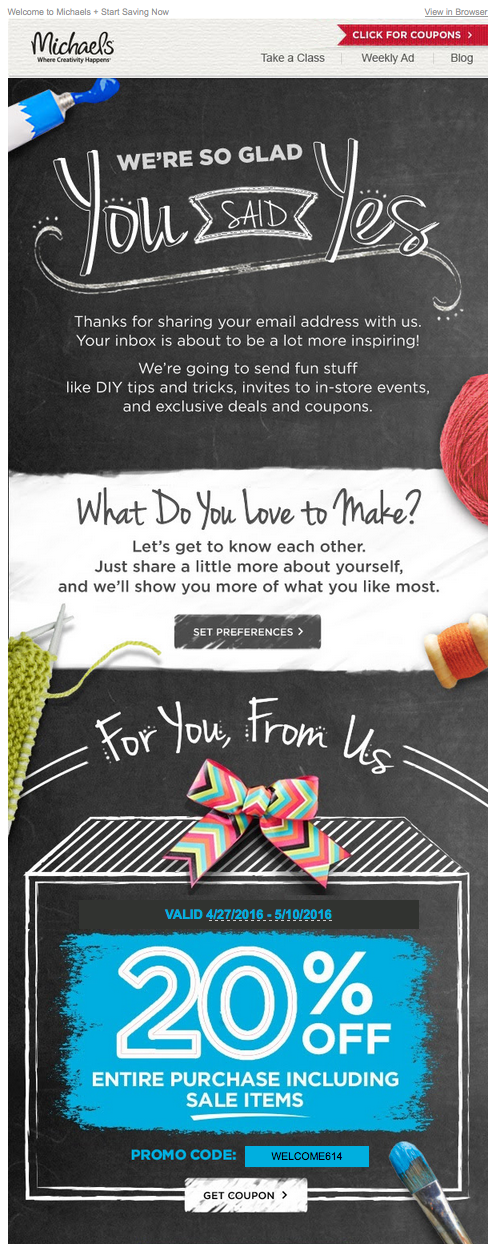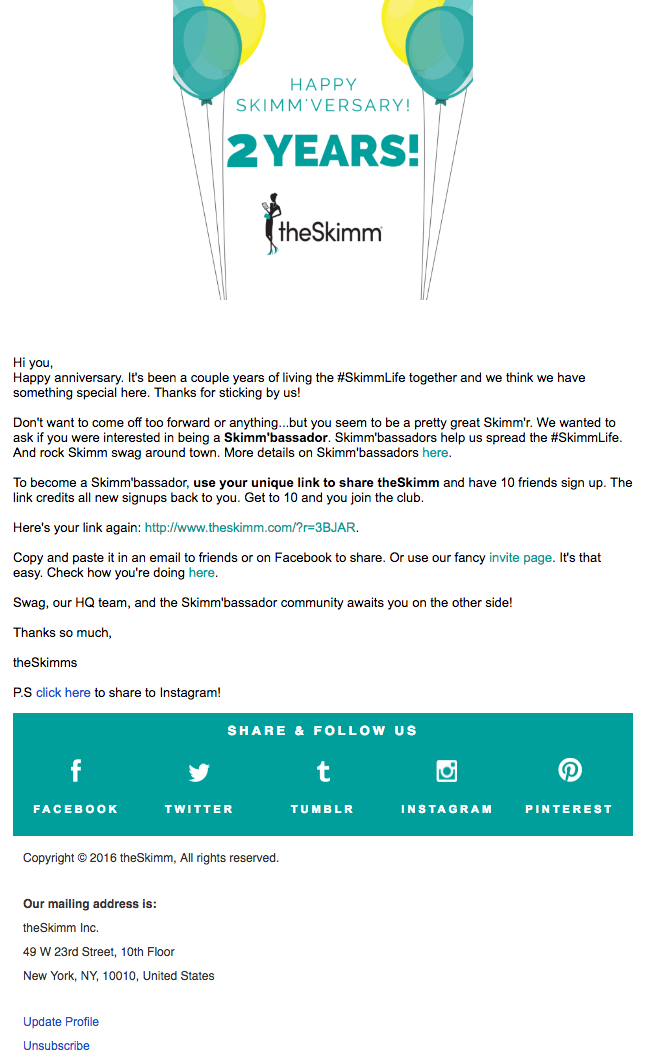Some of us are impulsive, while others think through our buying decisions after much research. So how do you know whether to send that prompting email to potential customers same-day, next day, or in 28-days?
The answer you’re looking for could be trigger-based (also known as event-based) marketing, which segments your automated marketing campaigns so that they can capture your audience when they are most likely to buy.
What is trigger-based marketing?
Trigger-based marketing identifies key events in a customer’s lifecycle, and triggers the right marketing at the right time to that individual – for instance, a simple offer presented on the week leading up to their birthday.
The number of triggers or events that a business uses might range from just a few to several hundred depending on how much data you have access to, but the more data you have, the smarter the triggers can be.
Essentially, the data you have powers a hypothetical crystal ball that uses algorithms to predict the future purchase behaviours of customers – smart eh? This makes it an extremely targeted form of marketing and has good action rates because it is initiated when a customer is most likely to be active in a decision process.
Before we delve into just how smart trigger marketing can potentially be, here’s a simple example:
At its most simplistic, a ‘trigger event’ could be signing up to receive your newsletters and latest offers. The ‘triggered marketing’ is usually an email thanking the potential customer for signing up. This email should also contain more information about your business / offering as well as a strong call-to-action (think about where you want your customer to go next).
Welcome email example:

Even better, use this welcome email as an opportunity to find out more about your potential new customer by asking them to set some additional preferences that they can then expect from your marketing (this will help you grab that extra data to make your trigger campaigns even smarter!).
Data-gathering email example:

A useful guide, this example from Ometria shows how trigger marketing campaigns can be segmented by order frequency and time. This means you can send personalised trigger marketing campaigns to customers that are of the highest value to your business and set up different trigger campaigns to those that need re-engaging.

Smart trigger-marketing campaign examples:
So now that you see how the simple trigger campaigns work, how to use those campaigns to collect more data from customers and how, for example, campaigns can be segmented by order frequency and time, here are some examples of smart email marketing trigger campaigns:
Charity: Water

This charity email campaign has used data including when, why and how much the supporter donated to create a personalised trigger campaign that triggers both upon donation and then based on key progress updates on the difference that the donation is making. It’s personal, engaging and informative.
Skimm

In the campaign below, Skimm celebrate the customer’s purchase or sign-up anniversary (the event trigger) – but not only that, this email could be sent by segment too only to top tier customers (for example total historical order value or average order value / frequency of order). In this case, Skimm send an invitation, but there are endless marketing call-to-action options for this trigger / segment combination marketing.
At AlphaGraphics, we specialise in helping hospitality businesses deliver data-driven, automated marketing campaigns that include direct mail to improve lead generation. To find out more, visit: https://hospitality.alphagraphics.co.uk/





1 Comment